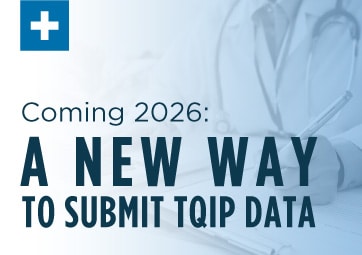The National Emergency Response Information System (NERIS) remains on track to be active by Q1 of 2025. On May 2, 2024, the U.S. Department of Homeland Security, the Fire Safety Research Institute, and USFA hosted an informational webinar, Modernizing the U.S. Fire Data System: NERIS Data Framework and Development Update, to inform departments on the progress being made on NERIS and the timeline to expect. In case you missed it, here’s a recap.
What is NERIS?
NERIS is a modernized emergency response information system designed to consolidate data standards across the industry. It will help departments meet their individual complex needs and provide quick, efficient access to their data. It’s the biggest leap forward the emergency response standard has taken in the last half of a century and is set to transform how fire data is used across the nation.
So, what does the transition to NERIS mean for your department?
“NERIS is not our system. It is your system.” – Chief Tom Jenkins, Senior Advisor & Research Manager, UL FSRI
NERIS will streamline processes and adopt a more user-friendly approach compared to NFIRS by leaving behind the numeric codes. It is designed to help close the loop for firefighters by giving back insights that help them better understand their risks and performance along with continuing to meet departments’ current and future needs as they evolve over time.
Like its predecessor, NERIS will still be used for reporting all types of incidents, including all key modules and fundamental incident elements, and any other information that is relevant to stakeholders. Department’s participation will still be required for assistance to firefighter grant programs.
Here’s how NERIS could benefit your department:
- Gain access to current data, including GIS and location-based information, all-hazards approach, and relevant metrics like rescues, casualties, and maydays.
- Experience smarter reporting that supports up to three incident types simultaneously, reflects the complexities faced by fire services in the real world, and accurately depicts the scene to eliminate the guesswork of single-category constraints.
- Minimize the need for interpreting free-text narratives and simplify data analysis through more intuitive fields.
- Keep up with industry changes through a new emerging hazards module while modernizing your capture of comprehensive operational data, including suppression techniques, ventilation efforts, and on-scene contamination.
- Decrease report completion time and improve accuracy on complex fire incidents with included structure exposures used in urban and wildland-urban interfaces.
- Record key emergency incident scene benchmarks with time stamps.
- Incorporate weather and parcel information.
What is the timeline?
The NERIS release is currently on time and target. The focus for 2024 is the completion of prototype testing and evaluation along with development and launch. Phase 1 release of the beta data schema for developers to build the software was released on May 6, 2024, and Phase 2’s release is slated to happen later in Summer 2024.
2025 will see the continued development and the completion of Phases 2 and 3. Hybrid reporting will be starting in early 2025. The NFIRS decommissioning process will be completed by January 1, 2026, and all departments will be transitioned to NERIS reporting.
How can ESO help you prepare?
“Now is the time to get NERIS ready!” – Dr. Lori Moore-Merrell, U.S. Fire Administrator, U.S. Fire Administration
ESO is committed to supporting you every step of the way during the transition to NERIS. In addition to providing the required data, we will also assist in enhancing your existing data. To ensure you have the best possible experience with NERIS, ESO has spent the past year preparing for this migration and working with UL FSRI to support our customers throughout this transition, from onboarding data collection to addressing data reporting needs from your current system. During the transition, your agency will need to start gathering information on station locations as well as details regarding your unit’s capabilities, minimum staffing levels, and cross-staffing arrangements.
For more information on getting prepared for the transition to NERIS, head to www.usfa.fema.gov/nfirs/neris/.


